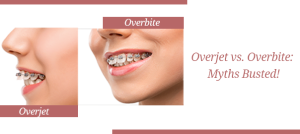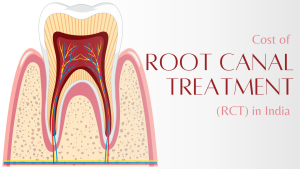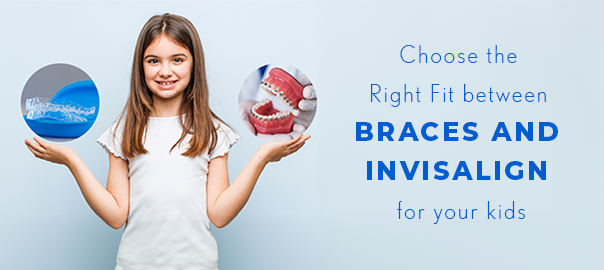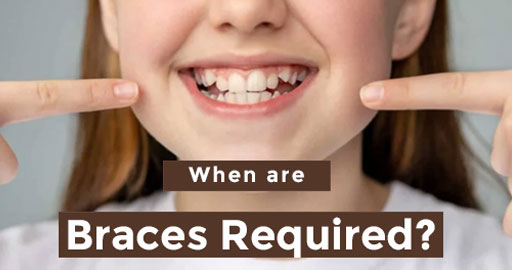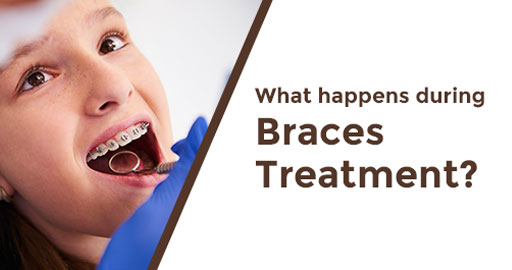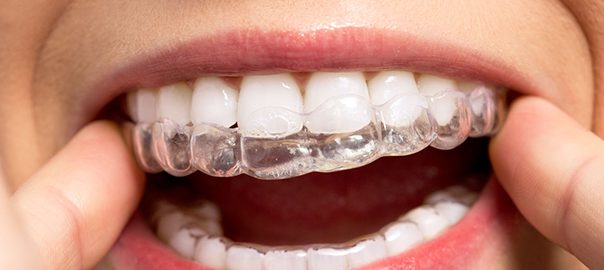
Smile With Confidence With Clear Aligners
Nowadays, along with being physically fit, being aesthetically fit is also counted. Being esthetically fit does not only mean an absence of oral disease, but it also requires a healthy and beautiful smile. Malalignment, malocclusion, crooked teeth, etc., are the most common oral problems the patients face. But many of us flinch when it comes to using those traditional braces treatments used for smile correction. The old-school methods of using conventional braces might not sound a very comfortable and preferable idea for many.
However, this problem has been solved. Professionals have found a perfect replacement for bulky metal braces with the long scientific research and profound technological development. Aligners or braces are clear transparent plastic trays customized according to the patient’s mouth that saves from all the hustle that comes with the conventional braces.
Any procedure needs an orthodontist, be it Clear aligners or Dental braces. An orthodontist is a smile correction specialist that has earned an additional qualification in this field of dentistry. Conventional braces contain the metal brackets attached to the tooth surface and the wire components that connect the brackets fixed onto each tooth. But all these are absent in the aligners. Instead, they are the plastic tray component fitted onto the patient’s teeth. Here we will discuss all you need to know before getting braces.
What are clear aligners?
Clear aligners are transparent plastic trays used in orthodontic treatment. Correction of maligned or crooked teeth is the main problem solved by aligners. Unlike the conventional braces, they are removable appliances designed keeping in mind the patient’s convenience and comfort. They are customized, and tray design usually depends on the severity of the malalignment. Some of the common orthodontic problems that braces can correct are listed below.
- Crowded teeth: In this, the teeth overlap each other. This is one of the most common problems patients face while suffering from a misaligned tooth.
- Overbites: Here, the upper front teeth fully cover or overlap the lower front teeth
- Open bites: In this, the upper front and lower front teeth are bent outwardly. They do not touch each other while trying to shut their mouth. This is seen in very few individuals.
- When there is a large gap between the teeth, this is known as a diastema.
How do aligners work?
Aligners are fabricated according to a 3D imaging technique which follows a series of steps. Some of the steps involved in the treatment process of aligners are discussed below.
A custom treatment plan: The first step before starting treatment is visiting an orthodontist. When you go to a dental clinic for consultation, the dentist thoroughly examines your teeth and jaw. Next, the professional processes the investigation needed, such as a digital scan or 3D scan of your mouth. Then a treatment plan is decided according to your teeth and jaw’s anatomy. You can also receive a digital preview of the resultant smile before initiating the treatment.
- Aligner preparation: After you are done with your impressions, your treatment plan is created using 3D technology. After the dentist’s approval, these models are handed over to the production unit, and after that, the aligners are ready to use. This is where the treatment procedure starts.
- Application of aligners: Once you start using the aligners, you may feel slight discomfort in the initial days, but gradually, you adapt to the new changes. Aligners are plastic trays that are fitted on the patients’ teeth. They need to change every 1 to 3 weeks initially. The aligners have to be worn at least 20-22 hours a day for an effective and quick result. The tray component fitted onto your teeth applies a constant force onto your teeth and jaw. The treatment time varies according to the patients. It usually ranges between 10 months to 24 months.
- After treatment: After the treatment is done, a custom clear retainer is made to retain the corrected smile. They need to be worn during the night to ensure that malocclusion does not reoccur and the teeth remain in their corrected position.
Advantages of aligners over traditional braces
Avoiding metal is not only the reason to choose aligners. It comes with several advantages. Firstly, it’s the best option for profile-conscious patients. They are clear and transparent plastic trays nearly invisible to other people. It’s the most convenient option for people who do not want others to know about their dental treatment. Maintaining hygiene is much easier compared to braces. They are removable trays that can be taken out during your meals, and you can put them on just after a quick rinse. You can have all of your favorite meals, even during ongoing orthodontic treatment. Along with these, they require much fewer dental visits than conventional braces.
Conclusion
The introduction of aligners has been a revolutionary change in orthodontics, making smile correction much easier and more convenient. At Clove Dental, a trusted dental clinic near you, we provide the best and most experienced orthodontists who specialize in aligner treatment. With our expertise, the journey to a beautiful and brighter smile is simplified and easy. Don’t hesitate to visit our dental clinic near you and get yourself on the path to a healthy and shining smile now.
Leave a Reply
Leave a Reply
POPULAR POST








